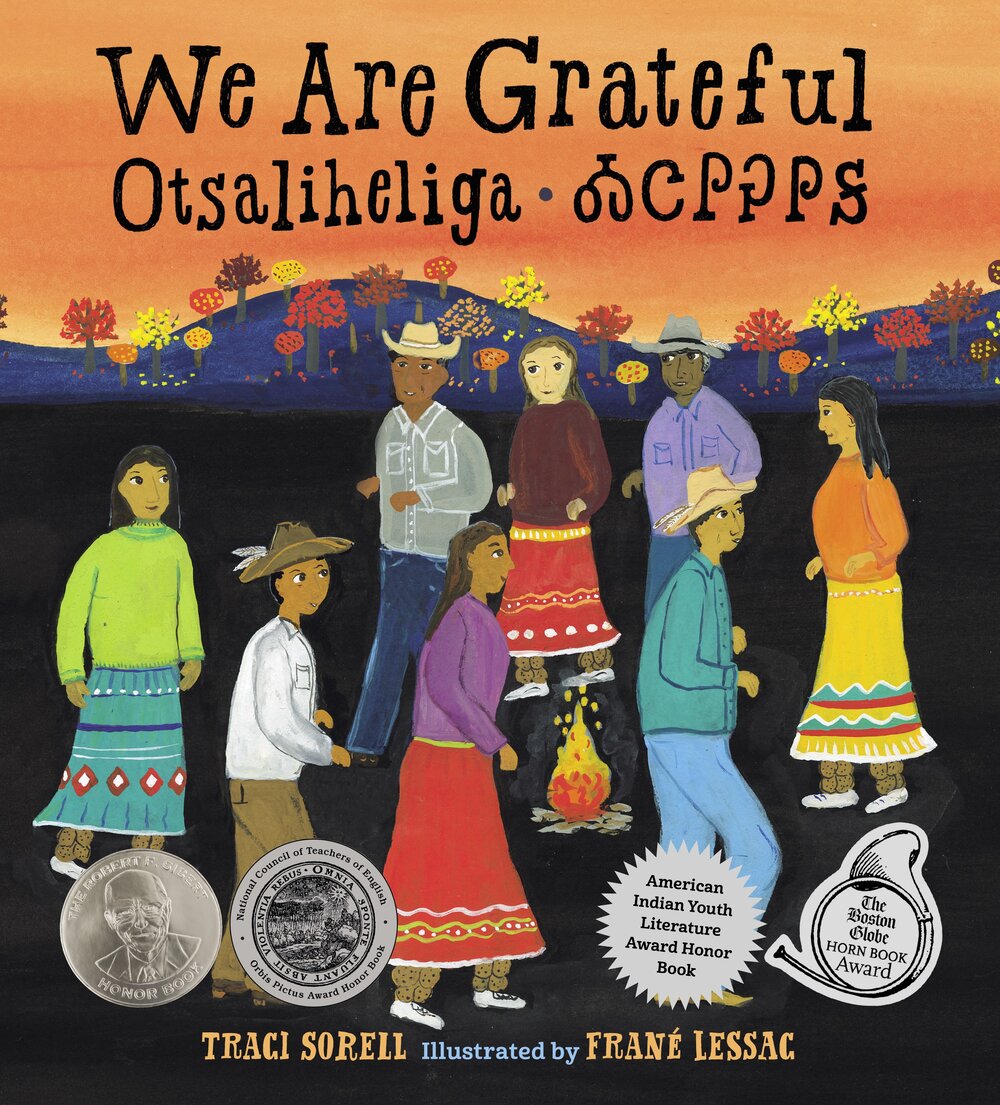As COVID-19 deaths spiked in 2020, Suzanne Firstenberg’s public art installation "In America: How could this happen…"
Museum Artifacts

Grade Range:
K-12
Resource Type(s):
Artifacts, Primary Sources
Date Posted:
3/5/2009
This beautiful daguerreotype by Boston-area photographer George K. Warren (1832–1884) is of the photographer's wife, Mary Ann Warren. The Photographic History Collection has a collection of letters, scrapbooks, daguerreotypes, ambrotypes, cartes-de-visites, cabinet cards, other paper prints, an

Grade Range:
K-12
Resource Type(s):
Artifacts, Primary Sources
Date Posted:
12/15/2010
During the colonial period, cattle horns were used by woodsmen and by soldiers for storing gunpowder in a safe, dry place. The horns also became decorative objects as they were personalized by the owner. Makers carved names, initials, dates, flags, battles, and even full maps on the exterior of t

Grade Range:
K-12
Resource Type(s):
Artifacts, Primary Sources
Date Posted:
9/17/2009
This large, hand-held drum, known in Puerto Rico as a pandereta, is an essential instrument in the musical genre known as plena. The plena was developed by agricultural workers at the end of the 19th century on the southern coast of the island, around the city of Ponce. Consider

Grade Range:
K-12
Resource Type(s):
Artifacts, Primary Sources
Date Posted:
11/5/2008
Religion has an essential role in military history, which is reflected in military material. Steel-covered New Testaments were popular keepsake gifts for soldiers going off to fight in World War II. Advertised in newspapers and magazines as protection from bullets, the small books were designed t

Grade Range:
K-12
Resource Type(s):
Artifacts
Date Posted:
4/4/2016
The portability of cellular telephones provides users with the ability to make calls from almost anywhere and Motorola was built on portability. The company made car radios in the 1930s and portable radios called walkie-talkies for the U.S. military during World War Two, and played a major role i

Grade Range:
K-12
Resource Type(s):
Artifacts
Date Posted:
4/16/2018
This rare silk banner was probably carried in a public parade in Philadelphia in the mid to late 1790s. Its elaborate design suggests the importance of such festivals, which provided a place for many Americans, voters and non-voters, to express patriotic sentiments or partisan views on current ev

Grade Range:
K-12
Resource Type(s):
Artifacts
Date Posted:
8/12/2021
These ballet shoes were worn by dancer Misty Copeland at a January 2018 production of Black Swan, and have been pancaked (or colored) to match Copeland's skin color.

Grade Range:
K-12
Resource Type(s):
Artifacts, Primary Sources
Date Posted:
7/8/2008
The Apple Macintosh introduced a graphic user interface (GUI) to the Apple line of computers. The idea had originated at Xerox's Palo Alto Research Center in the 1970s, but Xerox was slow to commercialize it. Apple proved far more successful when it introduced the Macintosh in January 1984, with

Grade Range:
K-12
Resource Type(s):
Artifacts, Primary Sources
Date Posted:
9/20/2009
Mariachis, groups comprised of vocalists, trumpeters, violinists, and various bass and guitar players, are today considered Mexico's traditional musical ensemble. Originally from the state of Jalisco, mariachi music transformed itself from a regional to a national music between the 1930s and 1950

Grade Range:
K-12
Resource Type(s):
Artifacts, Primary Sources
Date Posted:
5/11/2012
In 1794, Eli Whitney patented a new kind of cotton gin. His invention, using rotating brushes and teeth to remove the seeds from cotton, was quickly pirated by others.
Southern plantation owners depended on slaves for labor-intensive crops such as rice, sugar, tobacco, and especially cotto



















